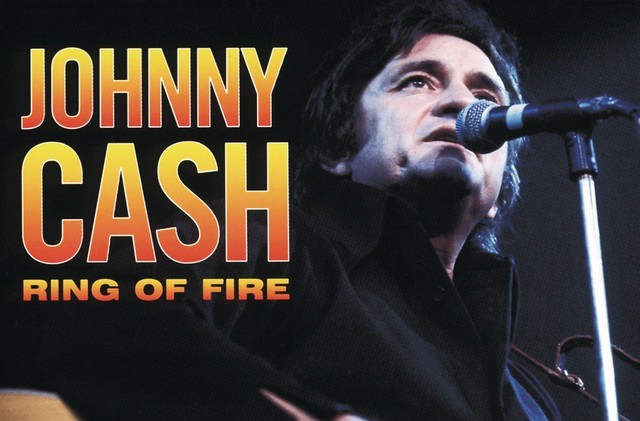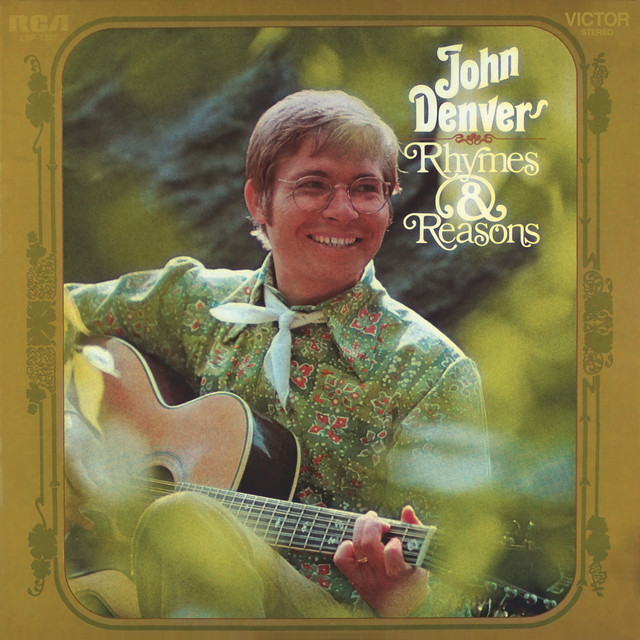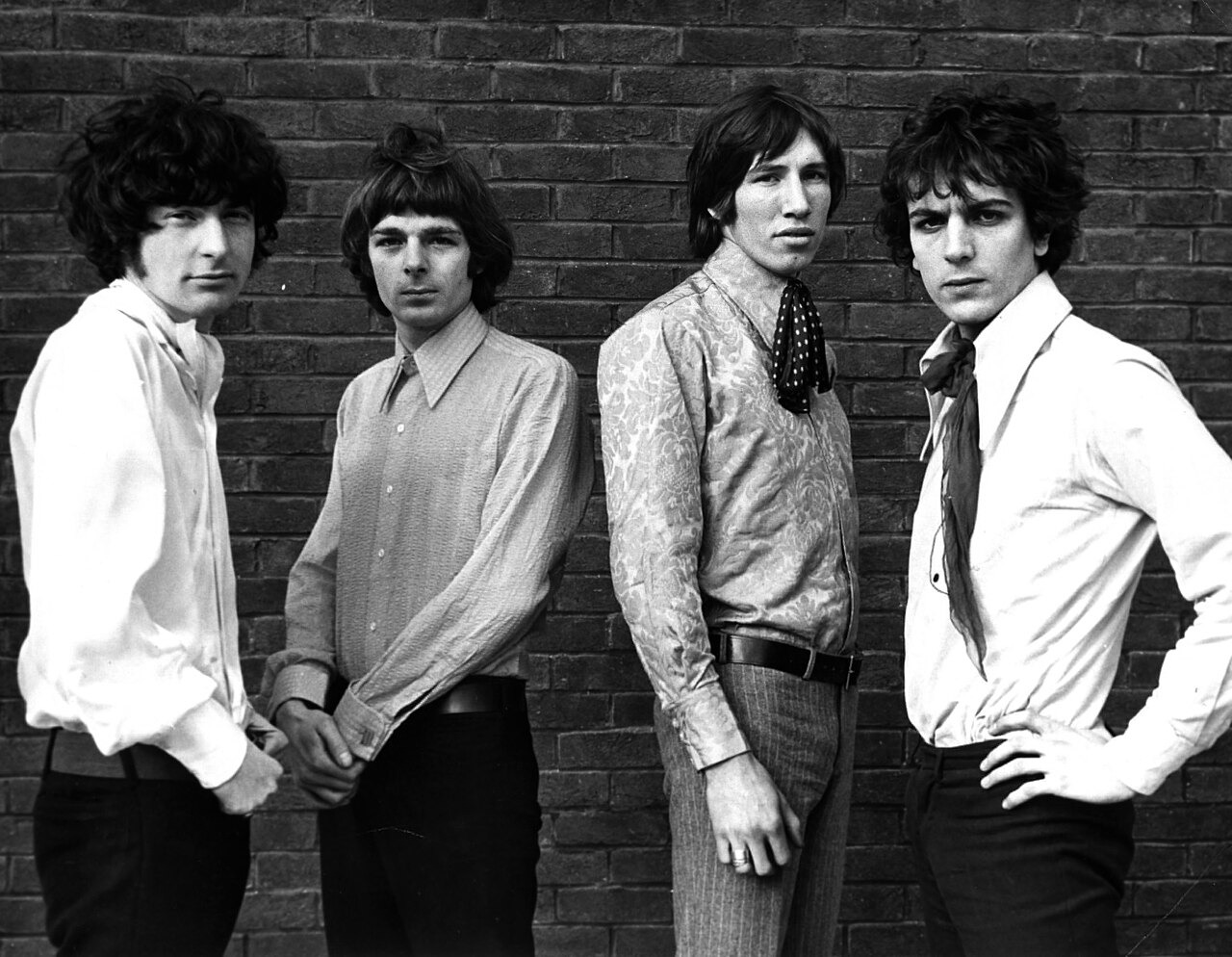
The guitar industry sells a lie that mastery takes years of monk-like dedication. You can actually strum recognizable rock classics within days, not months.
These ten songs need only basic chord shapes and straightforward rhythms. No barre chords, no finger gymnastics, no music theory classes required. Just grab your guitar and start making noise that sounds intentional—your fingertips haven’t even callused over yet, but you’ll sound like you know what you’re doing.
10. Three Little Birds

Caught feeling discouraged by complicated reggae rhythms? Bob Marley’s sunshine anthem cultivates confidence with just A, D, and E major chords. The uplifting message matches the confidence boost you’ll feel nailing these foundation shapes. Reggae’s secret lies in emphasizing the upbeat rather than the downbeat—like walking with a bounce instead of marching.
Hit the “and” between counts, not just the main beats. This subtle shift transforms basic chords into something that feels authentically Caribbean. Master this upbeat emphasis and you’ll unlock the rhythmic foundation for countless reggae classics.
9. Brown Eyed Girl

The Van Morrison radio staple employs G, C, and D in a progression that’s become rock’s universal language. Nearly every guitarist knows this song, making it the secret handshake of the six-string community. The upbeat tempo cultivates strumming confidence while maintaining manageable chord changes.
Try brief palm muting between chord changes for cleaner transitions. Think of it like using punctuation between sentences rather than running everything together. Palm muting transforms sloppy chord changes into crisp, professional-sounding transitions.
For more examples of how simple progressions created anthems, explore these three-chord classics from the ’70s.
8. Ring of Fire

If you’re ready to tackle rhythm guitar, Johnny Cash’s country classic sharpens timing skills with G, C, and D chords. The distinctive “boom-chicka-boom” pattern mimics a train gathering momentum—excellent for developing right-hand coordination. The elementary chord progression lets you focus entirely on timing.
Hit the bass note first, then strum down-up on higher strings. This creates the driving rhythm that defines the song. This alternating bass-strum approach forms the backbone for countless country and folk songs.
7. Love Me Do

This Beatles breakthrough proves cultural significance doesn’t require complexity. G, C, and D major chords carry the entire song in a pattern that never changes. This makes it excellent for establishing muscle memory without mental overload.
Focus on clean transitions, not speed. Better to nail the fundamentals slowly than crash through them quickly. The song’s iconic status means you’ll impress listeners even at novice tempo. When technique stays straightforward, musical impact can still be enormous.
6. You Are My Sunshine

Struggling with your first F chord? This traditional tune provides the ideal practice ground using C, G, and F chords in a progression that’s comforted listeners for generations. The familiar melody creates instant connection between your playing and what listeners expect to hear.
Master C and G first, then gradually introduce F. If standard F feels impossible, substitute Fmaj7 by leaving the high E string open. The modified chord maintains the song’s harmonic structure while your fingers develop strength for the full version. Chord substitutions save your sanity while working toward the real thing.
5. Hallelujah

Leonard Cohen’s masterpiece delivers sophisticated sound from elementary components: C, G, Am, and F chords that create harmonic magic. Jeff Buckley’s version might be the most recognized today. The deliberate pace prioritizes clean transitions over speed, while emotional depth encourages expressive playing from day one.
Try emphasizing different strings within each chord to highlight melodic movement. The song teaches that feeling matters as much as technical precision. Caught between technique and emotion? Leonard Cohen’s composition demonstrates that both elements can coexist beautifully.
4. Knockin’ on Heaven’s Door

If you’re overwhelmed by chord changes, Bob Dylan’s timeless ballad offers the ideal solution with just three chords: G, D, and Am, with occasional C for texture. The unhurried pace gives your fingers time to find their spots without panic. Guns N’ Roses made it heavier, but Dylan’s original tempo remains ideal for newcomers.
The progression repeats throughout the song—no curveballs, no surprises. Start with downstrokes that are steady and deliberate. Once those transitions feel natural, add gentle up-strokes between the downs. Your muscle memory develops faster when the pattern stays consistent throughout the entire song.
3. Wild Thing

Power chords eliminate finger gymnastics while delivering massive sound through an amplifier—The Troggs’ rock anthem proves this with A, D, and E throughout its structure. These streamlined two-finger shapes require minimal technique yet sound professional. Rock’s secret weapon delivers professional results with entry-level knowledge.
Power chords eliminate the complexity of full chord shapes while maintaining harmonic completeness. They’re like your phone’s portrait mode—sophisticated results without technical expertise. When full chords feel overwhelming, power chords provide the ideal stepping stone to rock credibility.
Although power chords give you entry-level rock credibility with just two fingers, beginners can go even simpler by mastering these 10 rock songs you can play with one finger.
2. Leaving on a Jet Plane

The folk classic from John Denver flows beautifully with G, C, and D open chords, creating a forgiving environment for hesitant fingers. The moderate pace forgives hesitant fingers still learning their way around the fretboard. Peter, Paul and Mary popularized this version, though Denver wrote the original.
Start with basic downstrums before attempting fingerpicking patterns. The song sounds complete even with minimal technique—like a masterfully composed black and white photo that doesn’t need color enhancement. If you’re seeking proof that restraint beats complexity, this song delivers that lesson superbly.
1. Hound Dog

The Elvis Presley landmark introduces 12-bar blues structure using C, F, and G7 chords—a pattern that unlocks thousands of songs. This repeating structure forms the foundation for countless rock, blues, and country songs. Learning this pattern is like understanding the basic grammar of popular music.
The shuffle rhythm develops timing skills while predictable chord changes foster confidence. Four bars of C, two bars of F, two bars of C, one bar of G7, one bar of F, two bars of C. This 12-bar framework appears everywhere from Led Zeppelin to modern blues—establishing it as the most valuable pattern any guitarist can master.





















